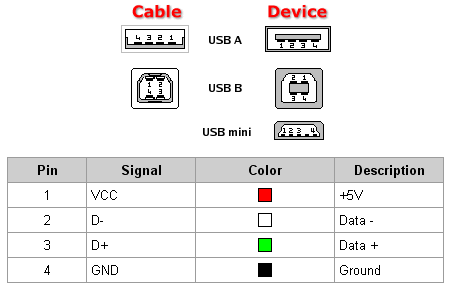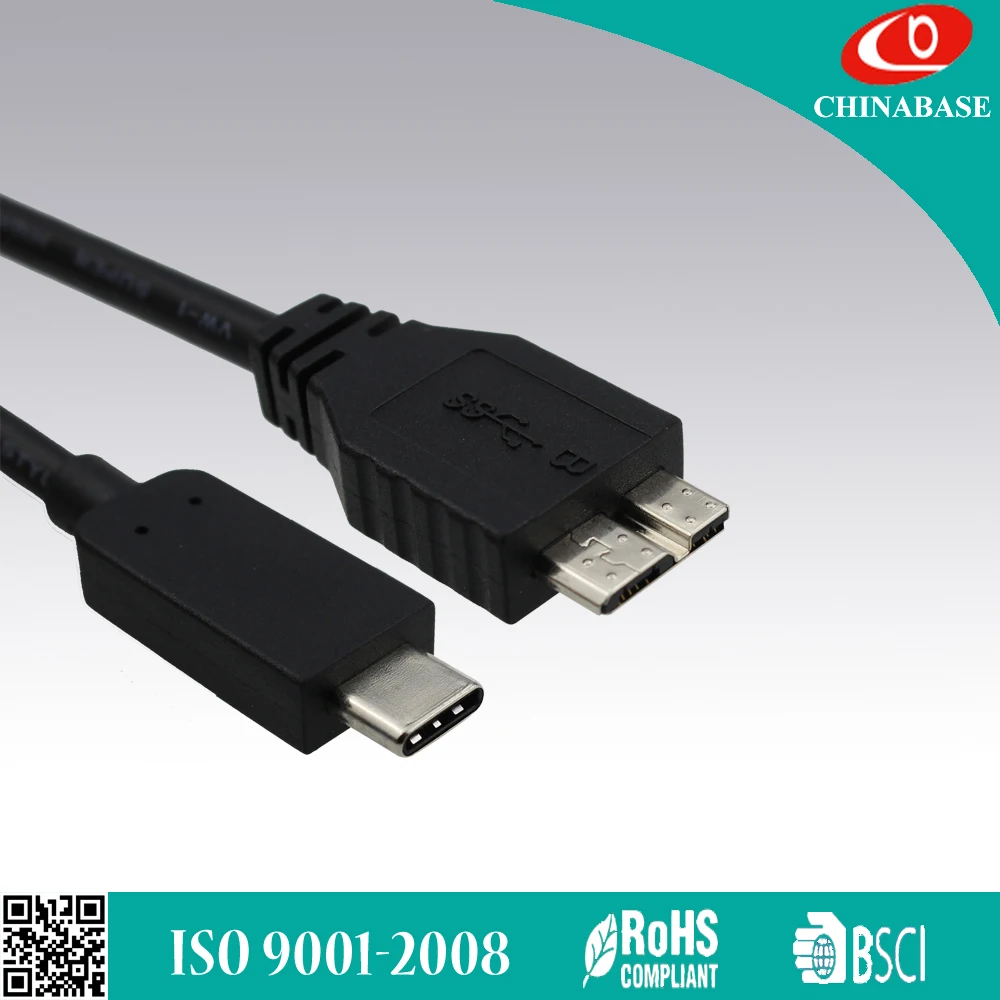
Given the ubiquity of previous versions of USB and the prospects going forward, it has been referred to as “One Standard To Rule Them All,” and for good reason. It’s meant to be “future-proof,” with capability for future expansion it also accommodates other standards with its Alternate Mode, discussed below. USB-C is intended to be a common standard for both hosts and receptacles, replacing various Type-A and Type-B connectors. The connector is also reversible and can be plugged into a receptacle in either direction without issue. 4.5 mm), as can be seen in Figure 1, it contains 24 pins vs. Although it’s much thinner than the Type-A (2.4 mm vs. The latest USB connector and cable specification is USB-C, which brings several important advances to USB interconnection.

USB-C Specificationįigure 1: USB Type-A and USB Type-C comparison. In practice, the A-type connector is usually the full size, and the B-type side can vary as needed. Each of the different “sizes” requires four different connectors USB cables have the A-type and B-type plugs, and the corresponding receptacles are on the computer or electronic device. Prior USB standards specify a different kind of connector (an A-type or a B-type) in order to prevent electrical overloads and damaged equipment only the A-type socket provides power. Table 1: USB Releases (Source: Wikipedia )īefore USB-C, there were three basic kinds or sizes related to the USB connectors and types of established connection: the older “standard” size, in its USB 1.1/2.0 and USB 3.0 variants (for example, on USB flash drives), the “mini” size (primarily for the B connector end, such as on many cameras), and the “micro” size, in its USB 1.1/2.0 and USB 3.0 variants (for example, on most current cellphones). The data transfer rate has steadily increased in successive releases, as can be seen in Table 1.

USB 1.1, introduced in 1998, was the first widely adopted version. The current board of directors additionally includes HP, Renesas and STMicroelectronics, collectively known as the USB Implementers Forum (USB-IF).

The Universal Serial Bus (USB) specification dates back over 20 years to 1994, when development was started by a group of seven companies including Intel and Microsoft.


 0 kommentar(er)
0 kommentar(er)
